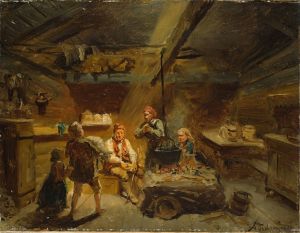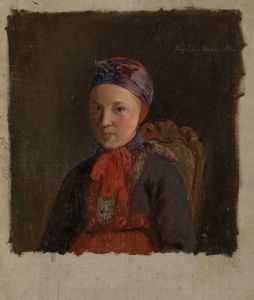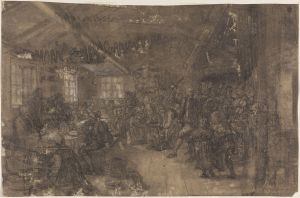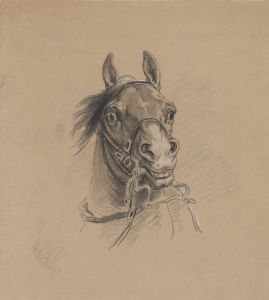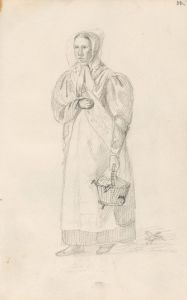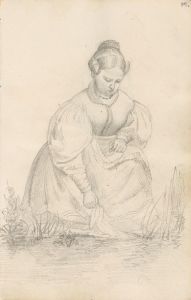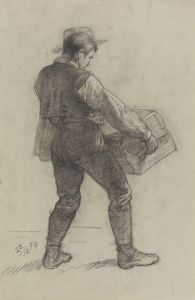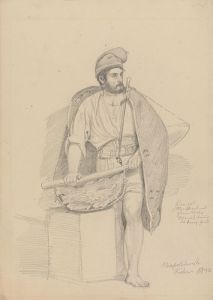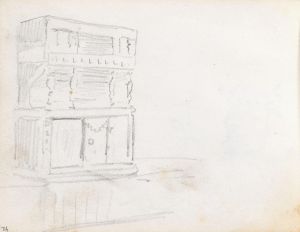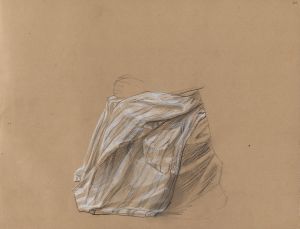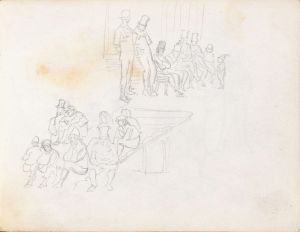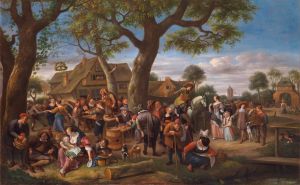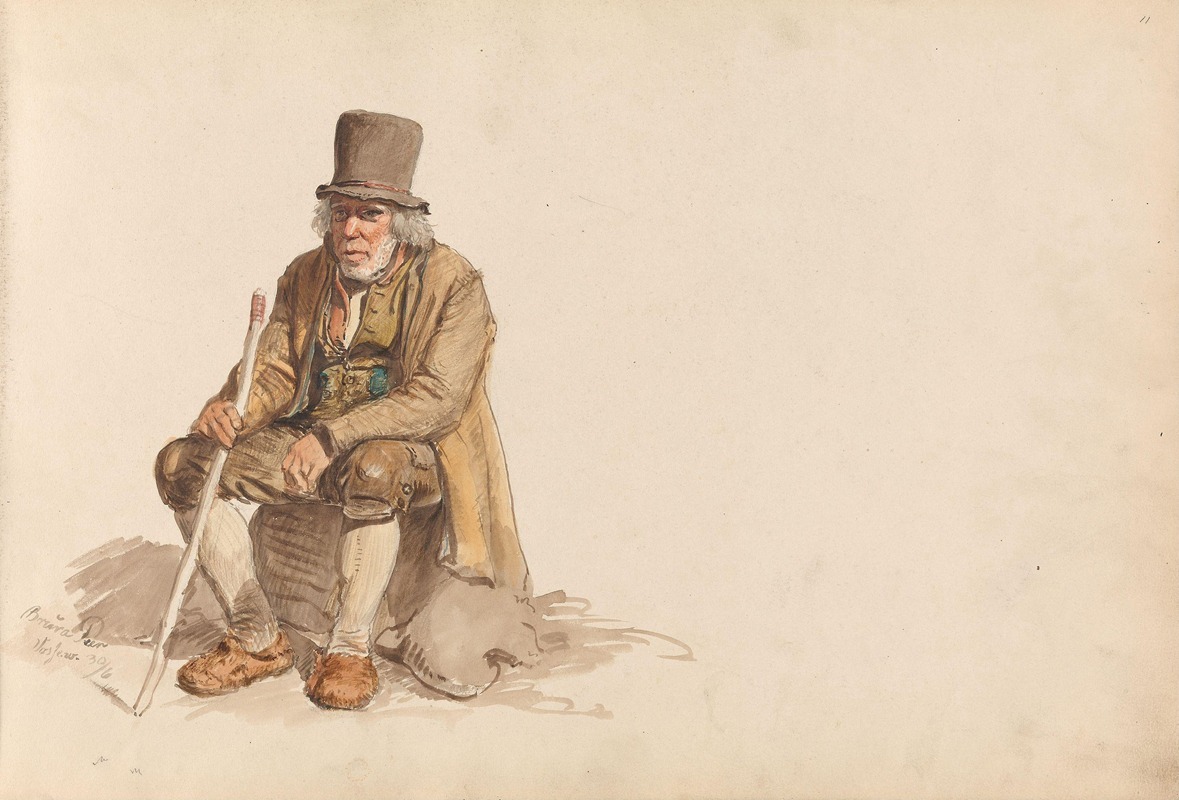
Brura Peer, Vossevangen
A hand-painted replica of Adolph Tidemand’s masterpiece Brura Peer, Vossevangen, meticulously crafted by professional artists to capture the true essence of the original. Each piece is created with museum-quality canvas and rare mineral pigments, carefully painted by experienced artists with delicate brushstrokes and rich, layered colors to perfectly recreate the texture of the original artwork. Unlike machine-printed reproductions, this hand-painted version brings the painting to life, infused with the artist’s emotions and skill in every stroke. Whether for personal collection or home decoration, it instantly elevates the artistic atmosphere of any space.
Adolph Tidemand (1814–1876) was a prominent Norwegian romanticist painter known for his depictions of rural life, traditional customs, and national identity. One of his works, Brura Peer, Vossevangen, reflects his interest in capturing the cultural heritage of Norway during the 19th century. The title translates to "The Bride's Procession, Vossevangen," referencing a traditional wedding procession in the region of Voss, located in western Norway.
The painting portrays a bridal procession, a significant cultural event in Norwegian rural communities. Such processions were often elaborate and steeped in local traditions, with participants dressed in regional folk costumes (bunads). These events were not only personal celebrations but also communal gatherings that reinforced social bonds and cultural identity. Tidemand’s work is celebrated for its detailed and authentic portrayal of these customs, which were rapidly changing during his lifetime due to modernization and urbanization.
Brura Peer, Vossevangen is part of Tidemand's broader artistic project to document and preserve Norwegian folk traditions. He traveled extensively throughout Norway, sketching and studying local customs, costumes, and landscapes. His works often combined ethnographic accuracy with romanticized elements, aiming to evoke a sense of national pride and nostalgia. This approach resonated with the growing interest in national identity during the 19th century, a period when Norway was seeking to assert its cultural distinctiveness within the union with Sweden.
The painting is characterized by its attention to detail, particularly in the depiction of traditional clothing and the natural surroundings. Tidemand’s use of light and composition draws the viewer’s eye to the central figures of the bride and groom, emphasizing their importance within the scene. The landscape, likely inspired by the dramatic scenery of Voss, serves as a backdrop that underscores the connection between the people and their environment.
While the exact date of the painting is not specified, it aligns with Tidemand's broader body of work from the mid-19th century, during which he produced many of his most famous pieces. His art played a significant role in shaping the perception of Norwegian culture both domestically and internationally.
Today, Adolph Tidemand is regarded as one of Norway’s most important painters, and his works, including Brura Peer, Vossevangen, continue to be studied and appreciated for their artistic and cultural significance. The painting is an example of how art can serve as a historical record, preserving the traditions and way of life of a particular time and place.






